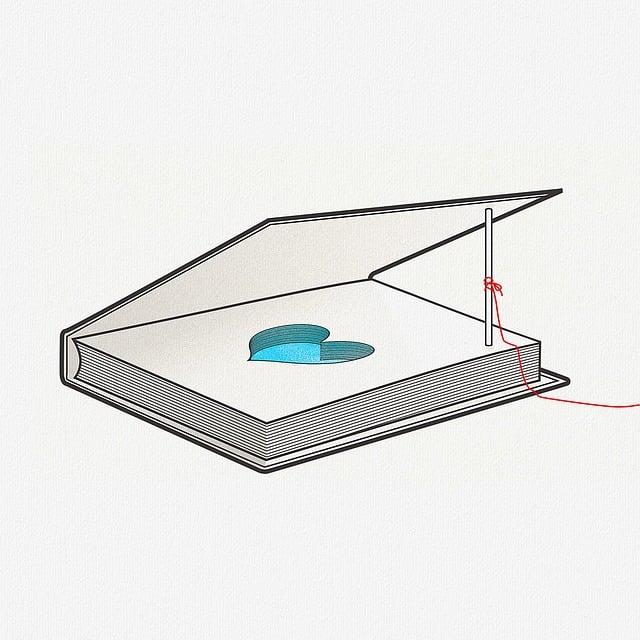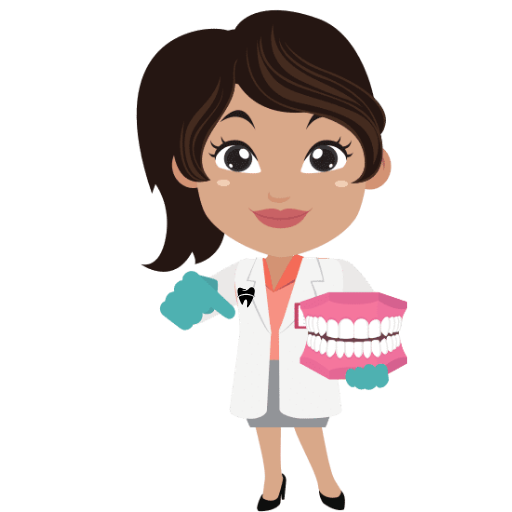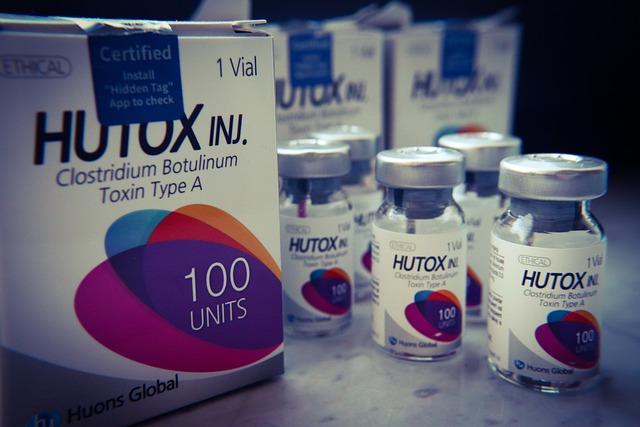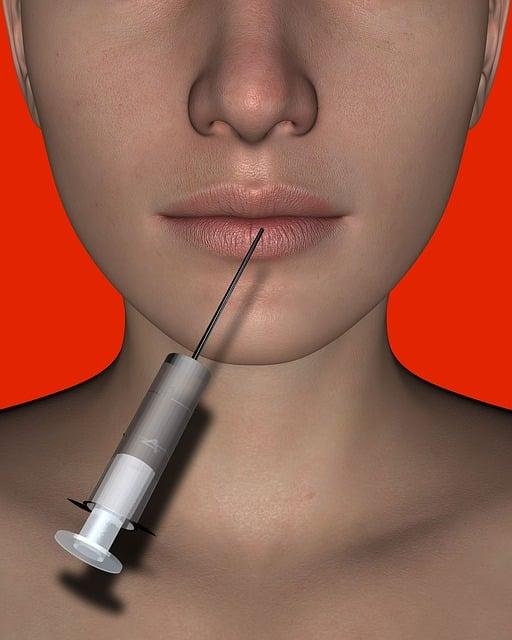Curious about how Botox can help with bruxism? Find out which doctors are trained to inject Botox for this common condition.
1. Understanding the Benefits of Botox for Bruxism
Botox injections have been found to be an effective treatment for bruxism, or teeth grinding. By blocking the nerve signals in the muscles responsible for jaw clenching, Botox can help alleviate the painful symptoms associated with this condition. Some of the benefits of using Botox for bruxism include:
- Reduction in jaw pain and headaches
- Prevention of tooth damage due to grinding
- Improved quality of sleep
Additionally, Botox treatments for bruxism are minimally invasive and can be done in a quick office visit. The effects typically last for several months, making it a convenient and long-lasting solution for those suffering from bruxism. Botox injections for bruxism have been shown to be safe and effective, providing relief for many individuals dealing with this common condition.
2. How Botox Can Help Treat Bruxism
Botox injections have been found to be an effective treatment option for bruxism, or teeth grinding and clenching. By targeting the muscles involved in these actions, Botox can help relax them and reduce the amount of force exerted on the teeth.
One of the main benefits of using Botox for bruxism is that it can help alleviate the symptoms associated with the condition, such as jaw pain, headaches, and damaged teeth. The injections are typically administered by a trained healthcare professional and are relatively quick and painless.
Additionally, Botox treatments for bruxism are often long-lasting, with results typically lasting for several months. This makes it a convenient option for individuals looking for relief from the discomfort and potential dental issues caused by teeth grinding.
3. Finding the Right Doctor to Administer Botox for Bruxism
When seeking a doctor to administer Botox for bruxism, it’s important to find a qualified professional who has experience in treating this condition. Here are some tips to help you find the right doctor:
- Look for a doctor who is board-certified in a relevant field such as dermatology, plastic surgery, or oral maxillofacial surgery.
- Ask for recommendations from your dentist or primary care physician.
- Research the doctor’s experience with administering Botox for bruxism and look for reviews from previous patients.
Choosing the right doctor is crucial for a successful treatment outcome, so take the time to find a qualified and experienced professional who can help alleviate your bruxism symptoms with Botox injections.
4. Why Botox is a Popular Treatment for Bruxism
Botox has become a popular treatment for bruxism due to its effectiveness in reducing jaw clenching and teeth grinding. This treatment involves injecting botulinum toxin into the muscles responsible for these actions, which helps relax them and prevent involuntary grinding.
Many individuals opt for Botox for bruxism because it offers a non-invasive solution with minimal side effects compared to other treatments. Additionally, the effects of Botox injections can last for several months, providing long-term relief from bruxism symptoms.
Moreover, Botox treatment for bruxism can also help alleviate associated symptoms such as headaches, facial pain, and TMJ disorders. Overall, the popularity of Botox for bruxism continues to rise as more individuals seek out this safe and effective treatment option.
5. What to Expect During a Botox Injection for Bruxism
During a Botox injection for bruxism, you can expect the following:
- Preparation: Before the procedure, your healthcare provider will discuss your medical history, assess your bruxism severity, and inform you about the injection process.
- Injection: Botox will be injected directly into the masseter muscles, which are responsible for jaw clenching and grinding. The injections are quick and relatively painless.
- Results: You may start to feel the effects of Botox within a few days to a week after the injection. The muscle relaxation typically lasts for about 3-4 months, but individual results may vary.
Overall, Botox injections for bruxism are a safe and effective treatment option to reduce symptoms and improve quality of life for individuals suffering from jaw clenching and grinding.
6. The Science Behind Botox as a Treatment for Bruxism
Botox is a neurotoxin that works by blocking the signals between nerves and muscles. When injected into the muscles responsible for clenching and grinding, Botox can effectively relax and weaken these muscles, reducing the intensity of bruxism episodes.
One of the main benefits of using Botox for bruxism treatment is its ability to target specific muscle groups without affecting surrounding areas. This precision helps to alleviate the pain and discomfort associated with bruxism while allowing for normal functioning of other facial muscles.
Studies have shown that Botox treatment for bruxism can significantly decrease the frequency and severity of grinding and clenching episodes. Patients may experience relief for several months before needing another injection. Additionally, Botox injections are minimally invasive and generally well-tolerated, making them a popular choice for bruxism management.
7. Choosing a Doctor Experienced in Botox Injections for Bruxism
If you are considering Botox injections as a treatment for bruxism, it is crucial to choose a doctor who is experienced in administering these injections. Here are some key considerations to keep in mind when selecting the right provider:
- Look for a doctor who specializes in treating bruxism with Botox injections.
- Ensure that the doctor has extensive experience in performing Botox injections for various facial muscles, including those involved in bruxism.
- Ask about the doctor’s training and certification in cosmetic procedures, as well as their track record of successful outcomes.
By selecting a doctor who is experienced and knowledgeable in Botox injections for bruxism, you can feel confident that you are in good hands and on the path to effective treatment for your condition.
8. Exploring the Long-Term Benefits of Botox for Bruxism
Botox injections have shown promise in treating bruxism, the medical term for teeth grinding and jaw clenching. While it is often viewed as a temporary cosmetic solution, Botox can also provide long-term benefits for those suffering from bruxism. By relaxing the muscles responsible for clenching and grinding, Botox can help reduce the frequency and intensity of these harmful behaviors.
One of the key advantages of Botox for bruxism is its longevity. While results can vary from person to person, many individuals experience relief for up to 3-6 months after a single treatment. This extended period of effectiveness can offer a significant respite from the symptoms of bruxism and help prevent further damage to the teeth and jaw.
In addition to its long-lasting effects, Botox for bruxism is a minimally invasive treatment option that can be easily administered in a clinical setting. This means less downtime and discomfort compared to other more invasive treatments. Overall, Botox holds great promise as a long-term solution for managing the symptoms of bruxism and improving overall quality of life.
9. Common Misconceptions About Botox for Bruxism Treatment
One common misconception about Botox for bruxism treatment is that it is only temporary. In reality, Botox injections can provide relief from teeth grinding for up to six months. By targeting the muscles responsible for clenching and grinding, Botox can effectively reduce the severity of bruxism symptoms.
Another misconception is that Botox for bruxism treatment is painful. However, most patients report only mild discomfort during the injection process. Once the injections are complete, any discomfort typically subsides quickly. Additionally, the benefits of Botox for bruxism treatment outweigh any temporary discomfort experienced during the procedure.
It is also important to note that Botox for bruxism treatment does not affect the ability to chew or speak. The injections target specific muscles involved in jaw clenching and grinding, preserving normal facial movements and functions. Patients can expect natural-looking results without any interference with their daily activities.
10. How Botox Can Improve Quality of Life for Bruxism Sufferers
Bruxism, or teeth grinding, can be a painful and frustrating condition for many sufferers. Botox injections have emerged as a promising treatment option for bruxism sufferers looking to improve their quality of life. Here’s how Botox can help:
- Reduced muscle activity: Botox works by temporarily paralyzing the muscles responsible for grinding and clenching, helping to alleviate the tension and pain associated with bruxism.
- Pain relief: By targeting the overactive muscles, Botox can provide relief from headaches, jaw pain, and other discomfort caused by bruxism.
- Improved sleep: Bruxism can disrupt sleep patterns, leading to fatigue and decreased quality of life. Botox can help patients achieve better sleep by reducing grinding episodes during the night.
In conclusion, Botox treatment for bruxism can provide relief from jaw pain and teeth grinding. Consult with a qualified doctor for the best results.




